Before the days of big data and SNS, companies generated revenue by selling products and offering services. Car companies generate revenue by selling cars. Home security companies generate revenue by offering security services. Microsoft makes money by selling software products.
However, in 2012, Facebook played around with another way of generating revenue. Facebook provides a social platform where users can stay connected via the internet. With rapidly growing users, Facebook started to puts ads and in 2020, money generated from ads is 98.5% of their revenue. Now, you can see Google, YouTube, Instagram, TikTok, and others using ads as a major revenue generator.
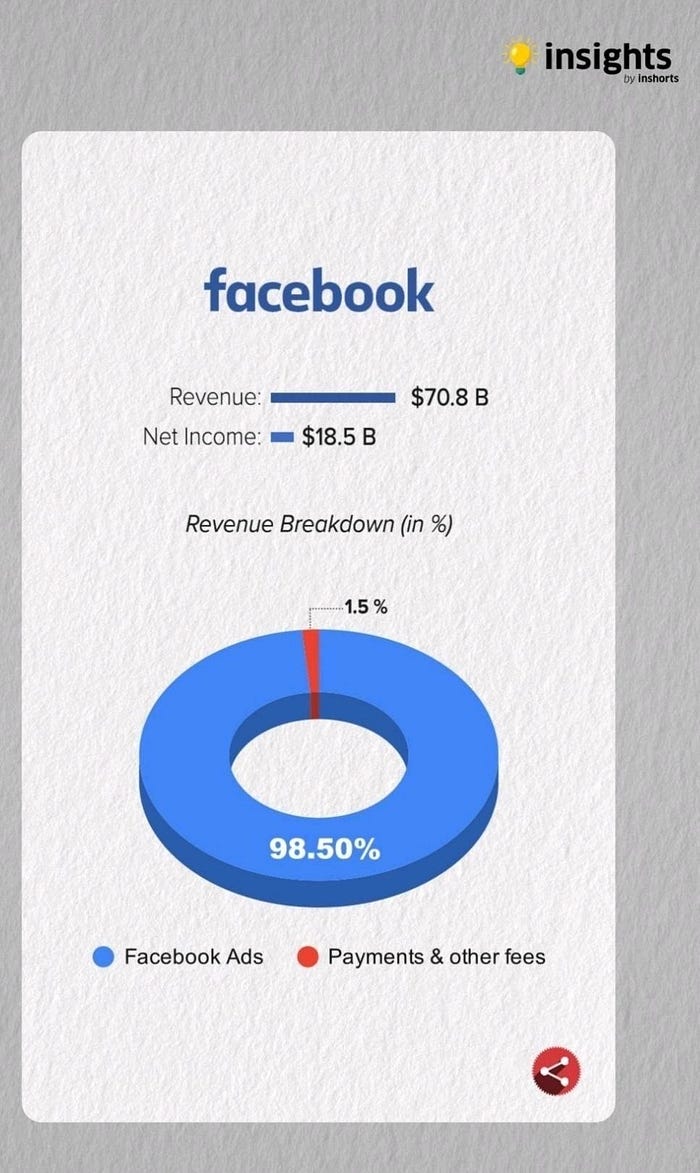
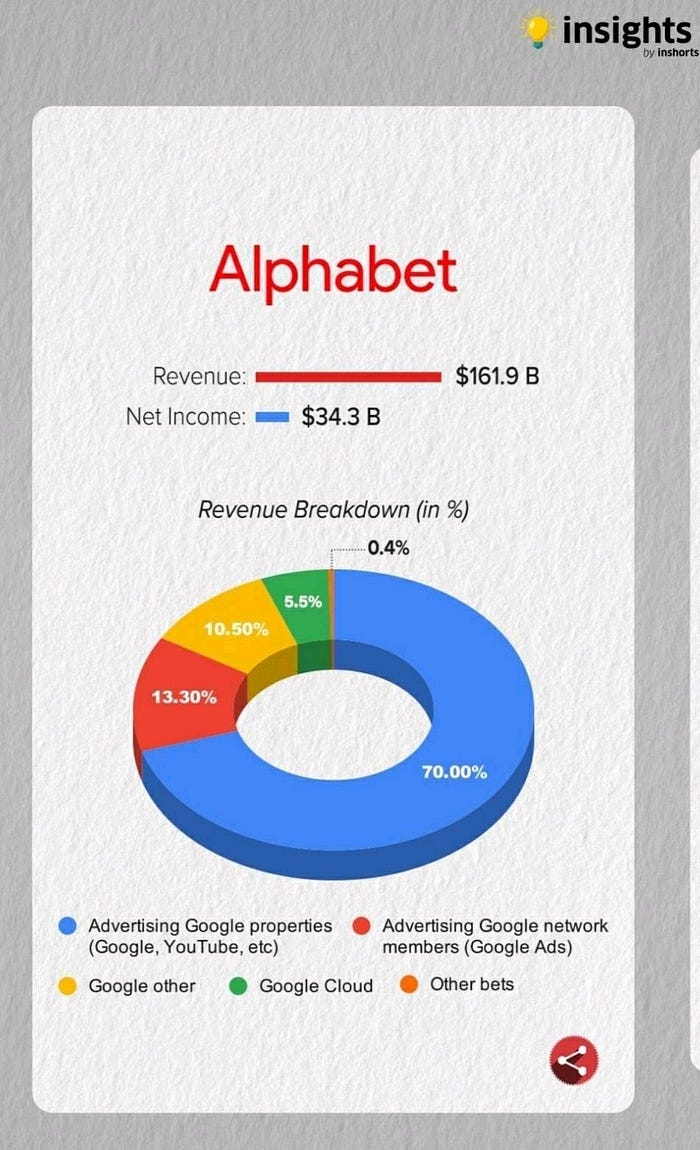
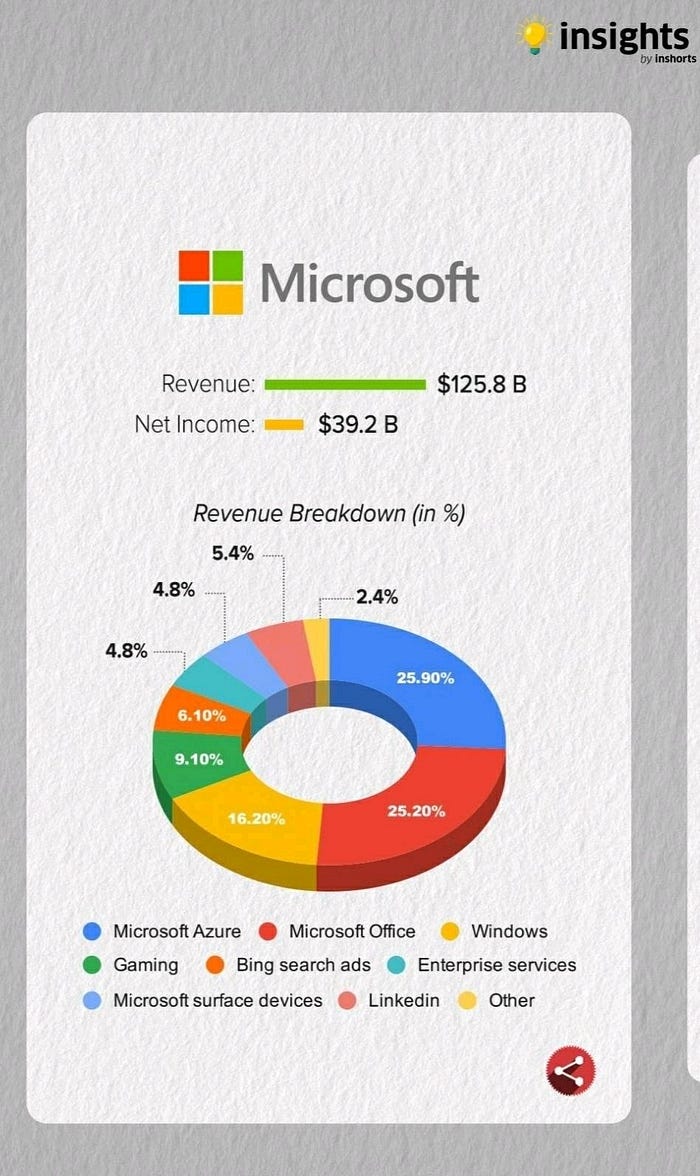
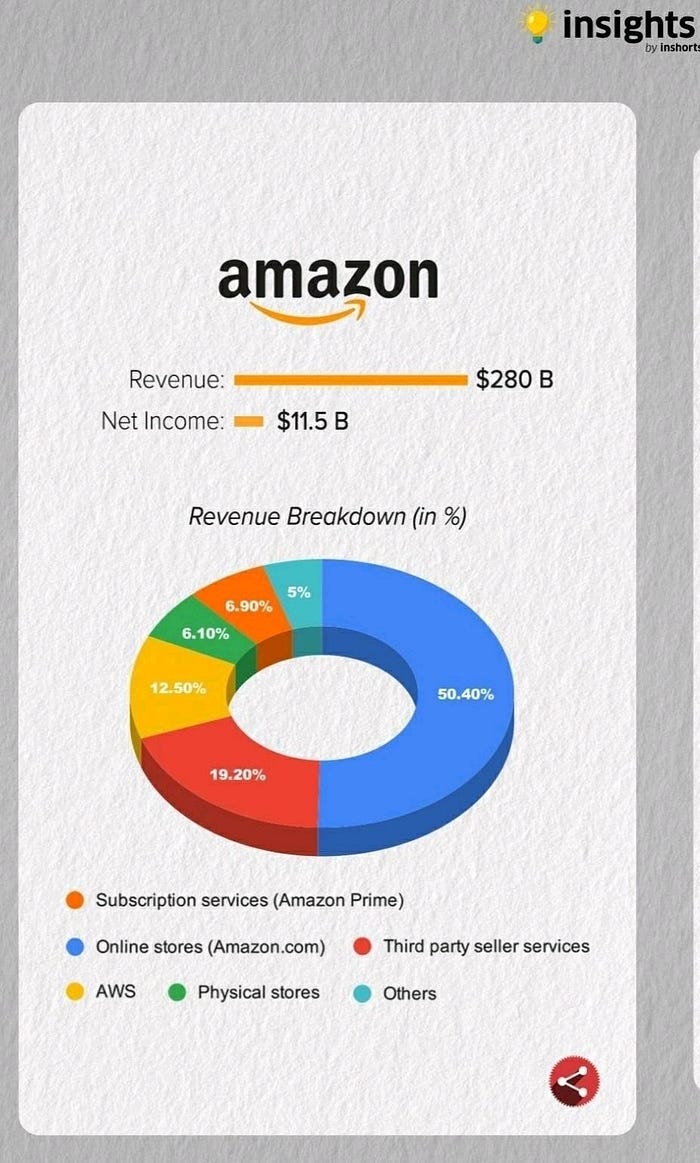
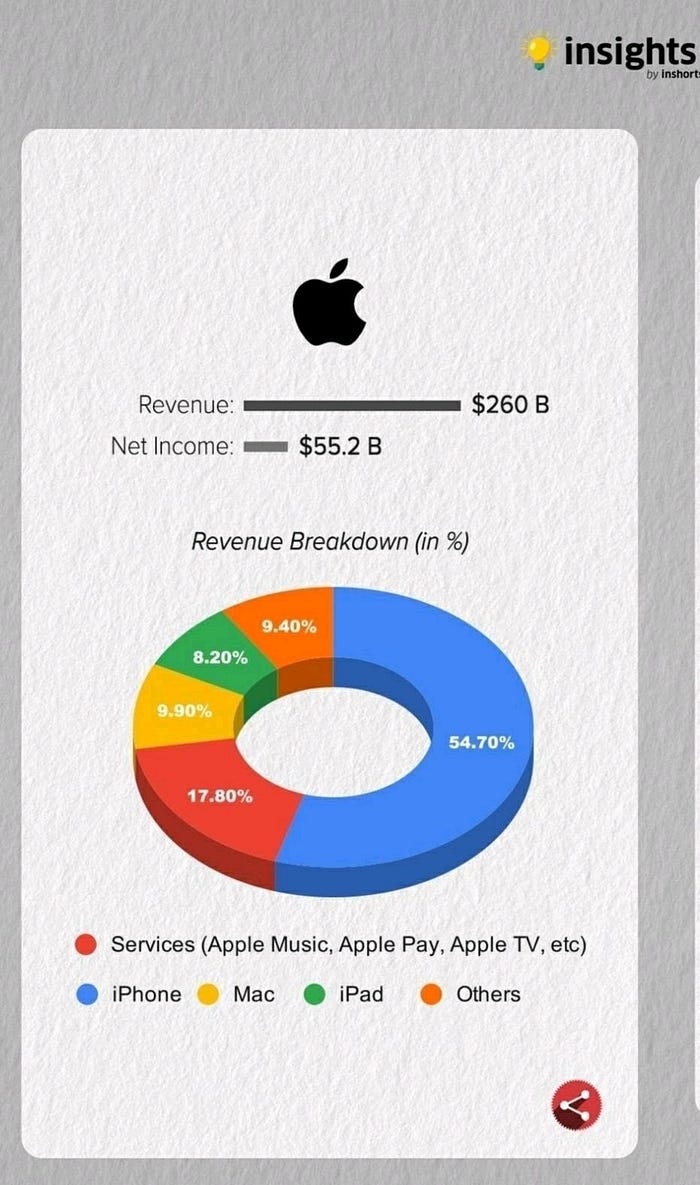
Nowadays, ads are not just about showing products or services on Facebook. So much effort is being put into effective advertisement and targeted advertisement. To make it possible, accumulating user data and accurately interpreting patterns is key.
Think about it, if I want to advertise my shampoo product on Facebook, I would want to target the ad towards hairdressers or people who seem to have an interest in hair products. If I want to advertise pet adoption, I might want to target lonely and depressed people. Facebook has billions of users and each of its interactions within its platform is a data point that is extremely valuable in interpreting user trends, spending patterns, user emotional status, and so much more. In fact, there are 2.5 quintillion bytes of data created every day. 90% of the data has been created over the last two years.
With all of these data and studies of the users, Facebook can now tell interested buyers that their ads are much more effective because it spends ad money on key targets rather than a shotgun approach.
As you can see from the pie charts, a significant portion of revenue is generated from ads for most top tech companies. What are the future streams of revenue?
Advertisement
Advertisement will continue to grow and be a big part of the revenue pie chart. Tech will continue to accumulate user data and interpret them to provide effective advertisements. The biggest challenge is user privacy regulations. Since the EU introduced the General Data Protection Regulation in 2018, topics such as user rights protection and data usage have generated a lot of attention. Tech companies will have to be transparent with what they are doing with user data and protect user privacy to maintain and attract more users.
Any mishap can lead to mistrust from the users. For example, WhatsApp announced this month of a privacy change that required users to consent. During the process, there has been some miscommunication which led users to be unhappy with WhatsApp. This painted a bad picture on WhatsApp. Fortunately for Telegram, it is averaging 8.3 million new users daily vs 1.5 million new users daily last year.
Cloud Computing
Let's take a look at Microsoft's revenue pie chart. Microsoft Azure is taking up 25.9% of Microsoft's total revenue, outgrowing Microsoft Office 25.2% pie. The global cloud computing industry is expecting to grow to $832.1 billion by 2025 with CAGR of 17.5%. Currently, Amazon's AWS is first in market share, followed by Microsoft Azure, Alibaba, and Google Cloud.
Key focus areas are integrating AI/ML in cloud computing and efficient deployment.
